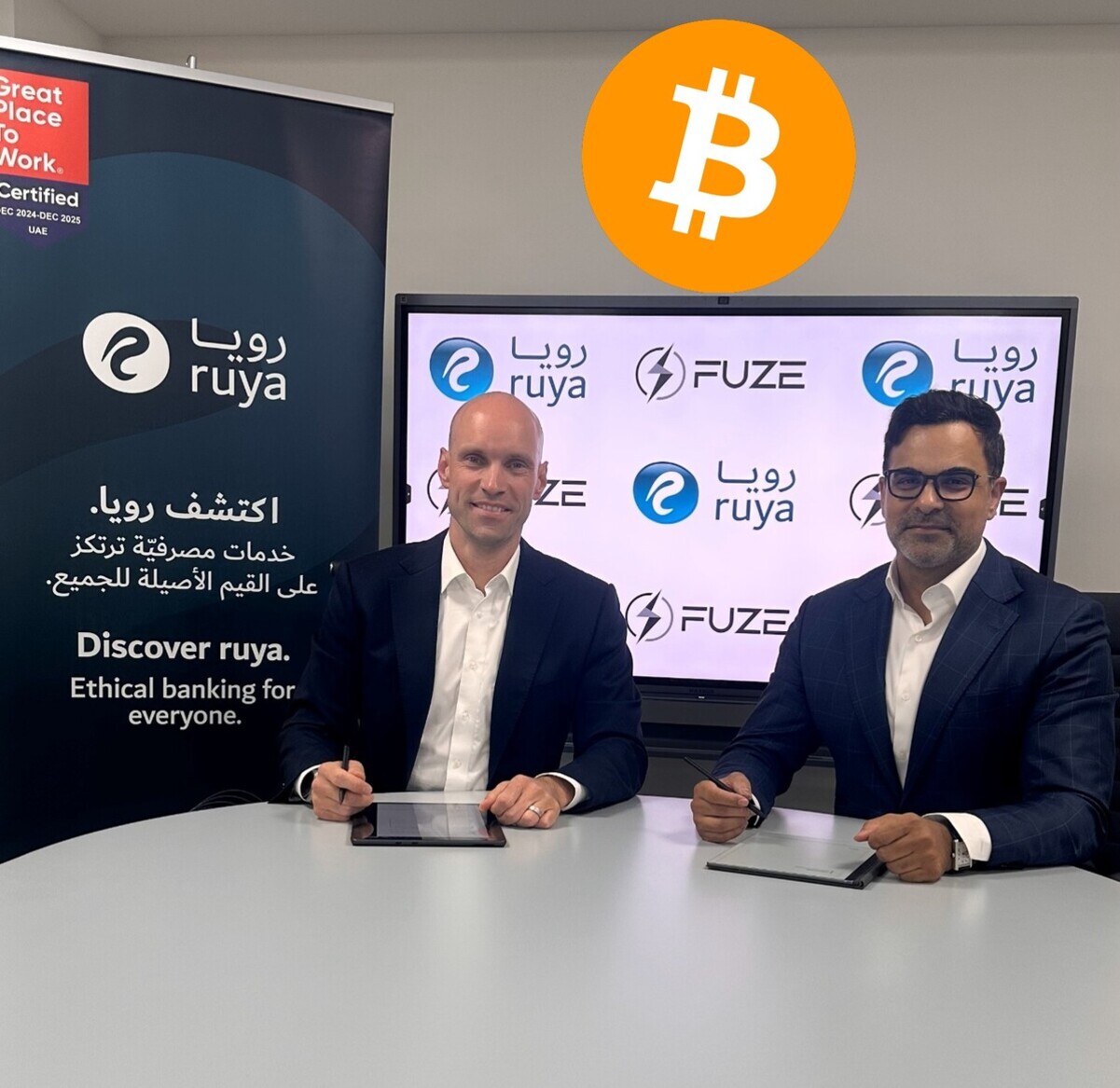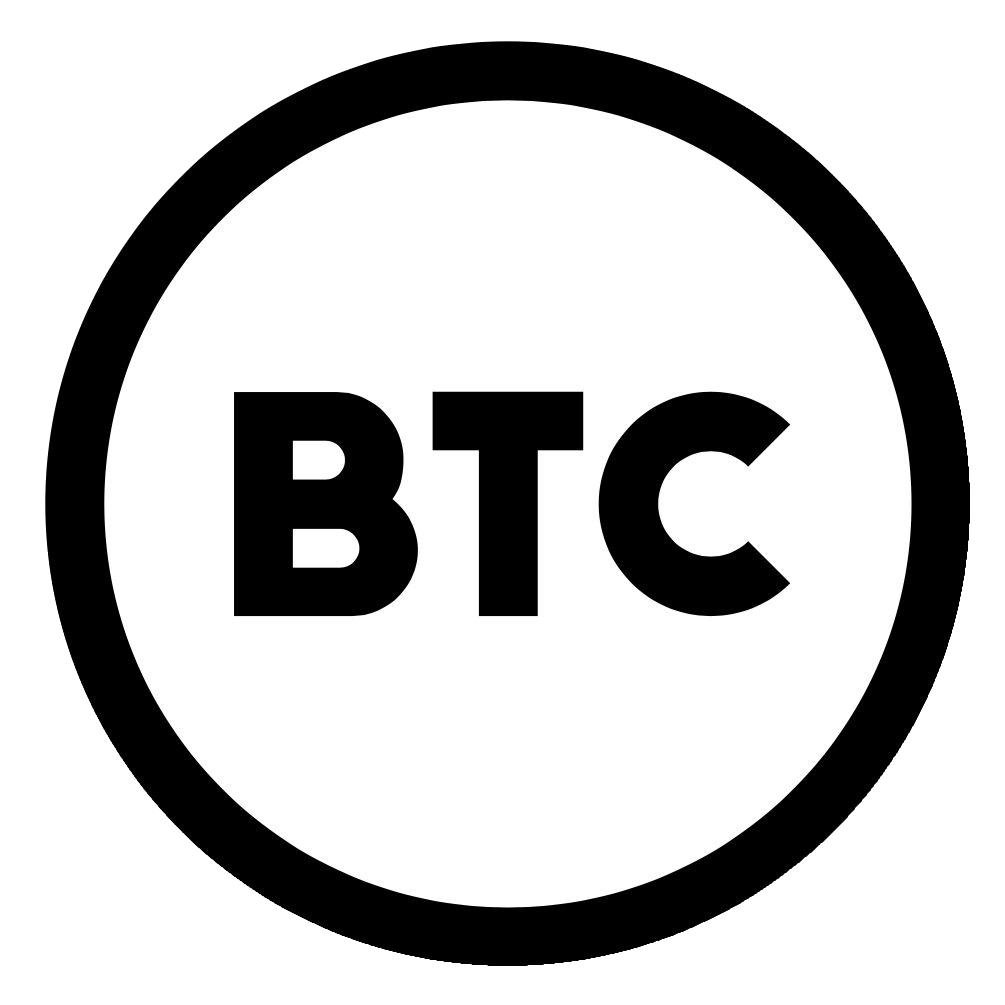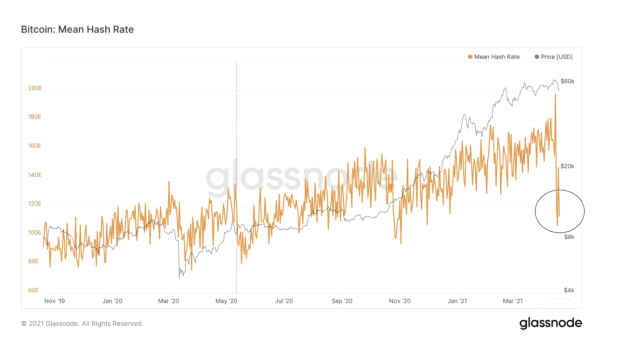How Blockstream’s New ASIC Division Will Propel Bitcoin Mining
Following a strategic acquisition and unicorn valuation, Blockstream is ready to drive the Bitcoin mining industry forward.
Adding to a list of offerings that touches nearly every aspect of the industry, Bitcoin infrastructure company Blockstream is now planning to launch the “world’s first enterprise-class miner” in 2022. And, in addition to this being a massive challenge in and of itself, Blockstream hopes to improve the efficiency of mining rigs, meet major industry demand and increase the decentralization of the mining space in the process.
Acquiring Spondoolies, Innovating ASICs
In a “friendly merger” with mining hardware manufacturing company Spondoolies, Blockstream is launching its new ASICs manufacturing arm and adding to an already diverse suite of products and services, including mining and hosting (in Quebec, Canada and Georgia), energy efficiency development (through Blockstream Energy), a settlement sidechain project (the Liquid Network), investment products (through Blockstream Finance), as well as the Blockstream Satellite.
For this latest line, Blockstream has acquired both Spondoolies’ intellectual property (IP) and its core team in order to build up its new mining hardware arm. Spondoolies CEO Assaf Gilboa is coming on board as the head of Blockstream’s new ASIC division.
According to a recent announcement, since its founding in 2013, the Spondoolies team has designed and built five different mining products and was one of the first teams in the bitcoin mining industry to deliver energy-efficient, high-performance mining hardware.
“Many consider Spondoolies’ system design, and improved rack-mount, form-factor miners to be the best designed and highest build-quality miner series taken to market to date,” Blockstream CEO Dr. Adam Back told Bitcoin Magazine.
And while Dr. Back doesn’t see much room for major improvement in ASIC performance, he does see room for refinement — particularly in the size of the chips these rigs use.
“Hash functions like SHA256 are designed to be hard to find computational shortcuts, so it is likely there is limited room left for further algorithm optimization in bitcoin proof of work,” he told us. “As ASIC technology advances from 7 nanometers (nm) to 5 nm and, in the future, 3 nm chips, power consumption and therefore the efficiency of miners improves over time.”
ASIC Size Matters
Driving this efficiency forward would be an achievement very much in demand by the bitcoin mining market.
In its most recent newsletter, Bitcoin mining company Luxor Technologies noted that as the hash rate starts to climb back up following a crackdown in China, miners are looking for infrastructure space as much or more than they seek mining equipment.
“As more S19s and other new gen rigs enter the North American market, industrial-scale farms are swapping out older hardware for newer hardware wherever they can,” according to the newsletter. “Rack space is scarce, so it makes more sense economically to fill shelves with more efficient machines which can produce more hash rate while consuming less energy (one S19, for e.g., has the same output of eight S9s and is roughly three times as power efficient).”
Compass Mining also noted a trend toward more compact, efficient machines.
“Although prices haven’t fully recovered from the market’s drop in April and May, aggregate prices for ASICs on secondary markets have rebounded significantly in July and August,” wrote Compass’s Zack Voell. “Machines with efficiency under 38 joules per terahash (J/TH) are selling in the mid-to-upper $80 per terahash range. Machines with efficiency between 38 J/TH and 65 J/TH are back above $60 per TH.”
These trends can only bode well for Blockstream’s new venture.
Going Forward, Toward Decentralization
The pressure is on Blockstream to produce and market bitcoin ASICs before the end of next year, but Dr. Back is confident they have made the right decision teaming up with Spondoolies.
“Blockstream joining forces with Spondoolies makes a lot of business sense, and combines Blockstream’s protocol and cryptographic algorithm expertise and enterprise hosting and mining operations with spondoolies best-of-breed miner systems design and manufacturing capabilities,” said Dr. Back.
As far as a marketing strategy, Blockstream will stress the importance of decentralizing the supply chain out of China, and establishing a toehold in North America (as of early 2020, 73% of ASIC manufacturing took place in China).
“One differentiator for Blockstream miners is a more international design and assembly, adding supply chain diversification and a North American supplier,” Dr. Back explained. “For the short term, miners are in short supply so we, like other mining companies, have to allocate miners strategically. Longer term, we would like to bring new product lines to sell to other miners and individuals globally and to support Blockstream Mining products like BMN [Blockstream Mining Note] and Blockstream Energy.”
In a recent series B round, Blockstream raised $210 million. The financing, backed by U.K-based private equity firm Baillie Gifford and Hong Kong-based iFinex, which runs the cryptocurrency exchange Bitfinex, gave Blockstream a $3.2 billion valuation.
Though this valuation and the consistent growth of Blockstream seem to set the stage for a public listing, for now, Dr. Back plans to keep innovating as the CEO of a private company.
“Our capitalization with the B round is higher than some public market crypto sector companies,” he said. “We may at a future time consider a public listing, but for the moment we have the flexibility and agility afforded by operating as a private company and ample funding to accelerate growth.”









